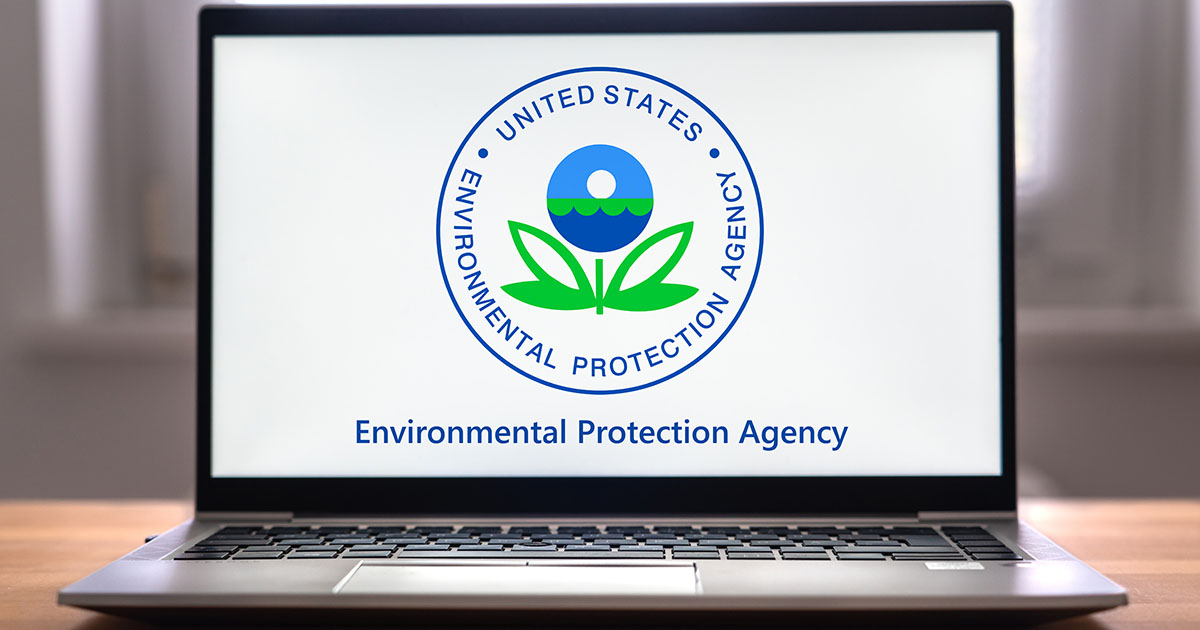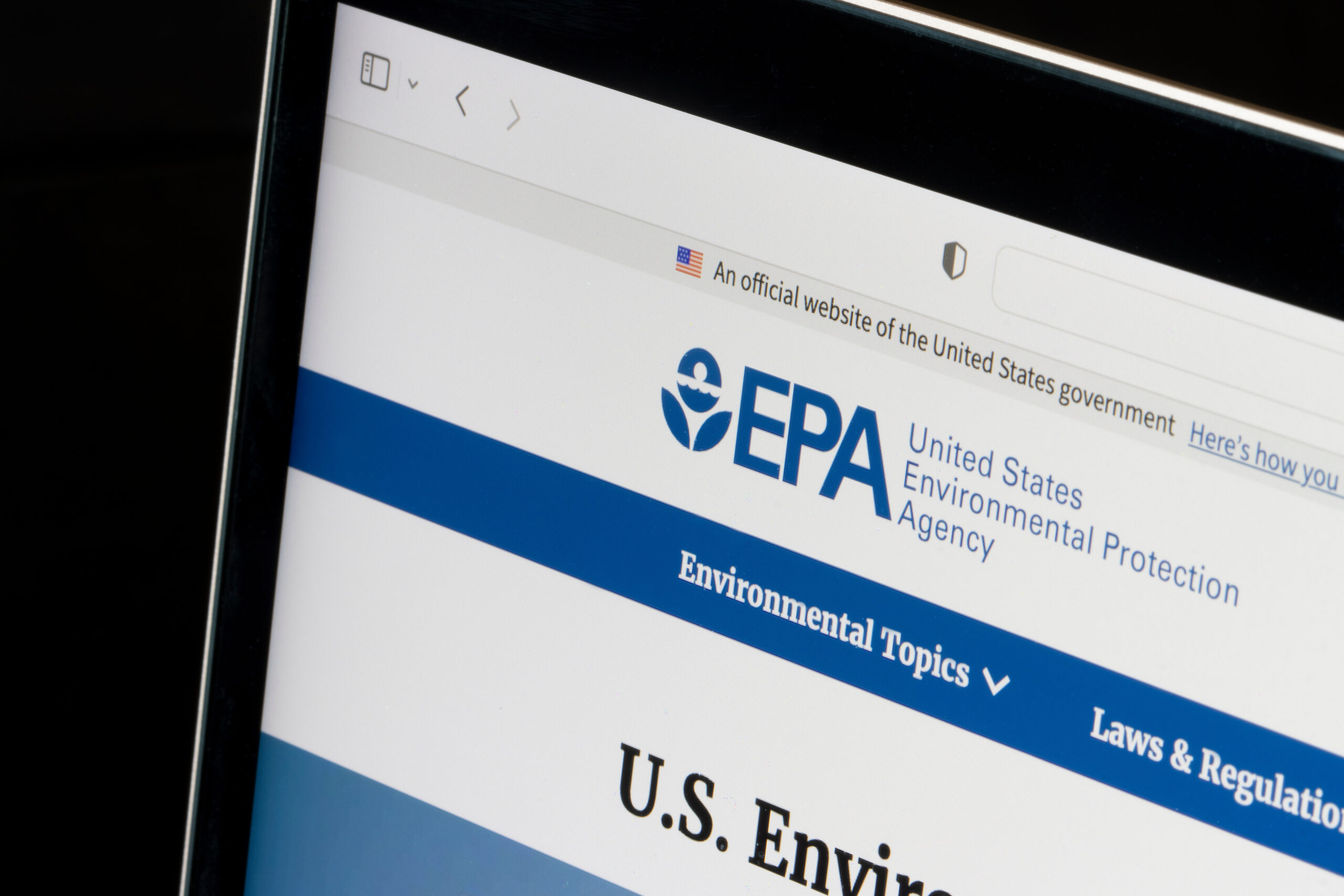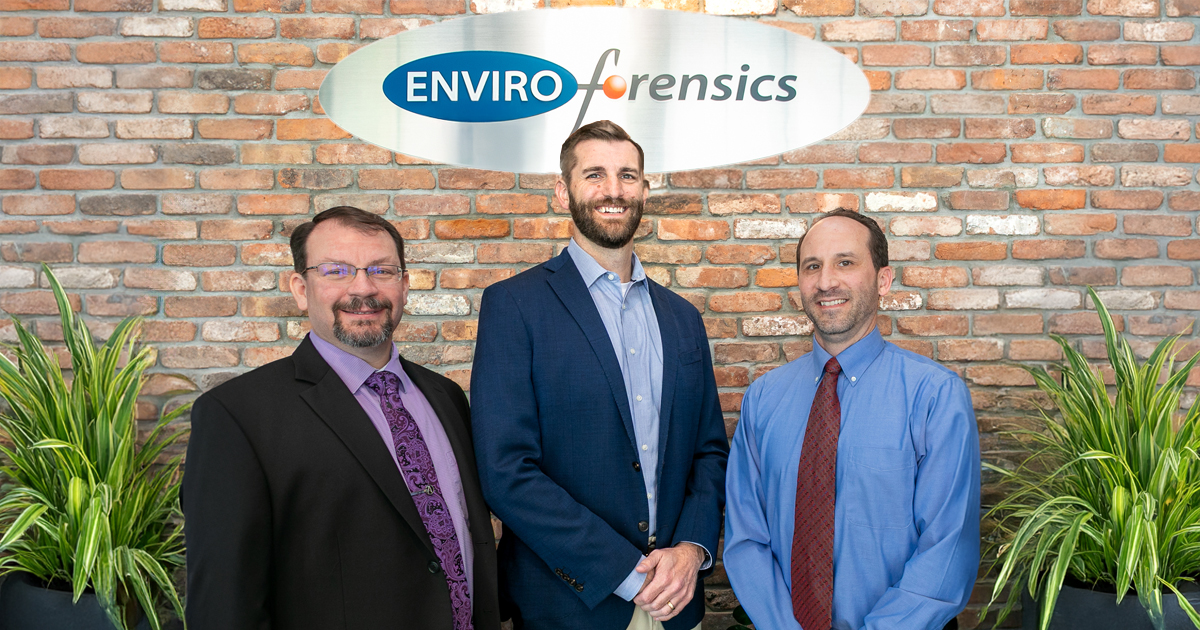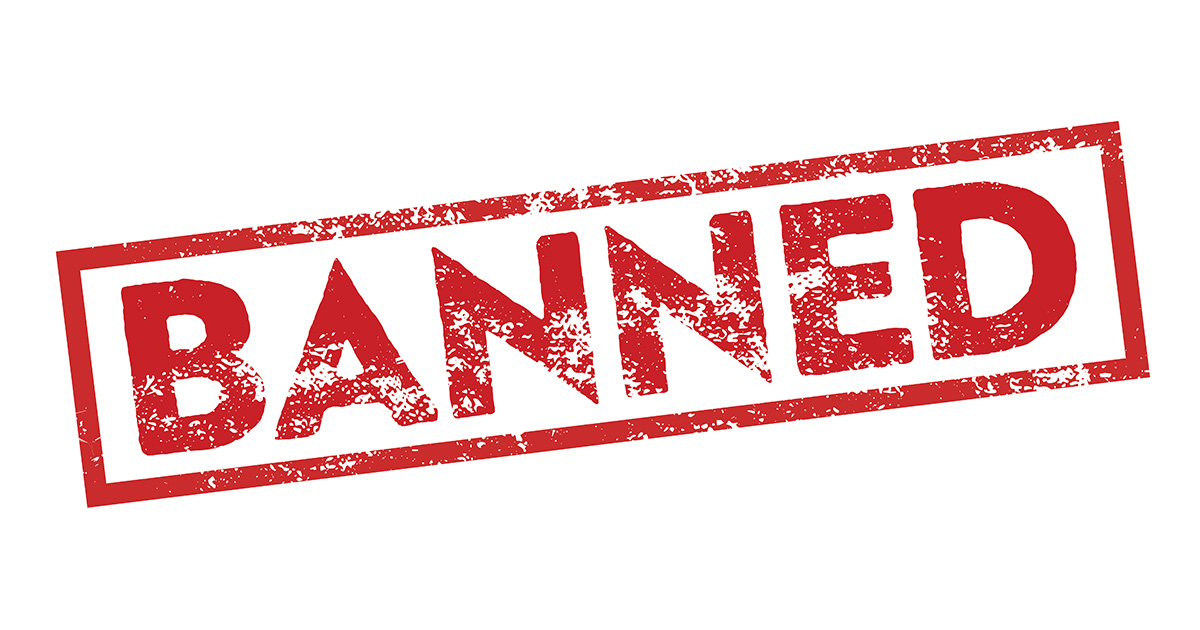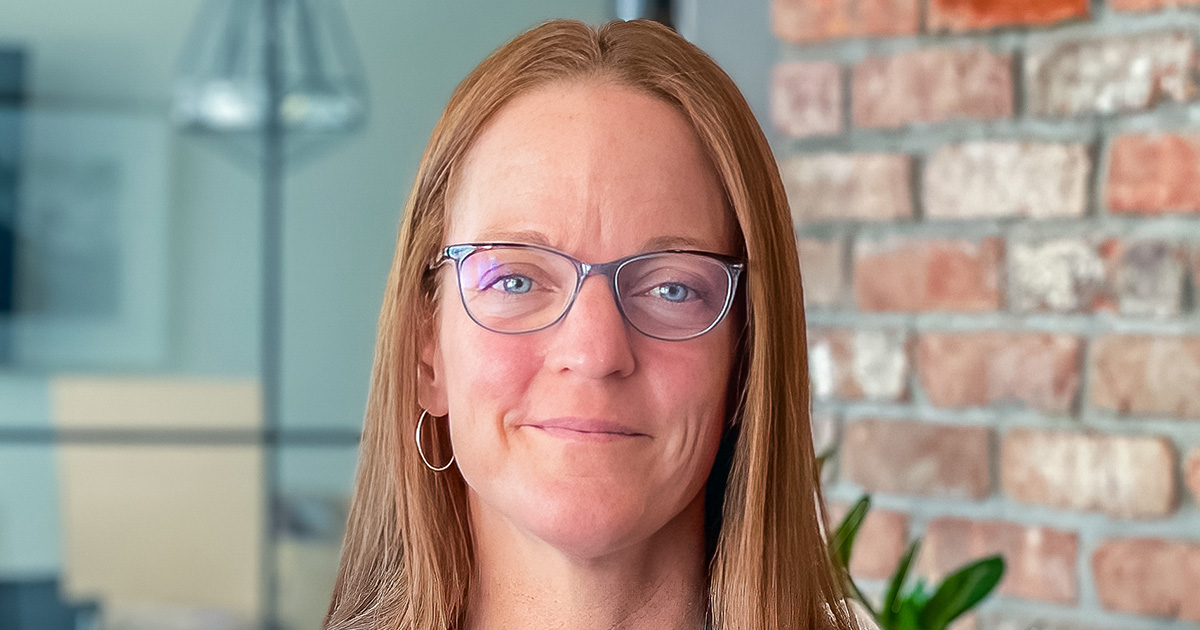AS SEEN IN CLEANER & LAUNDERER
BY: MATTHEW BONO, CHMM, Vice-President, EnviroForensics
For drycleaners, understanding how federal environmental policies shift with each administration is crucial. These changes affect everything from compliance obligations to long-term financial planning. Under the previous administration, environmental regulations were tightened—particularly those concerning solvent use, hazardous waste disposal, and site contamination liability. Now, with the Trump administration’s deregulatory stance, some of those rules may be rolled back. But this potential loosening doesn’t tell the whole story.
Federal Rollbacks Don’t Eliminate All Risk
While the Trump administration has prioritized reducing regulatory burdens on businesses at the federal level, drycleaners should remain cautious. Environmental cleanup and compliance responsibilities often originate at the state or local level, where state and local governments can create and enforce regulations aligned with their individual priorities. In fact, states like California, New York, Wisconsin, and Michigan continue to enforce strict environmental regulations regardless of the federal approach. These jurisdictions may even expand enforcement efforts in the absence of strong federal oversight.
This means that while some drycleaners in less regulated states may see a short-term reduction in compliance costs, others—especially those in environmentally progressive regions—will continue to face robust requirements.
Why Now Is Still the Time to Utilize Historical Insurance Assets
Even in a more business-friendly federal climate, environmental liabilities don’t simply disappear. Many drycleaners operate on properties that have been in use for decades—often since before environmental regulations were clearly defined. These sites may harbor contamination from past solvent use, and responsible parties (like former owners or operators) may be long gone.
That’s where historical insurance policies come into play.
Old commercial general liability (CGL) policies, often written before 1986, may contain coverage for environmental claims—even if the contamination wasn’t discovered until recently. These assets can be crucial for funding cleanup, managing legal costs, or meeting state environmental agency requirements. Unfortunately, many businesses don’t realize they may have access to this valuable coverage.
The opportunity to leverage historical insurance assets is still very much alive, but it requires proactive effort. Insurers may dispute or deny claims based on technicalities, such as lost policy documents or exclusions. That’s why working with experienced insurance archeologists, like PolicyFind, is key to successfully recovering funds.
Contamination Still Hurts Property Value—Regulations or Not
Even if regulatory enforcement is dialed back, contamination itself still carries serious financial consequences. One of the most overlooked: property value.
Prospective buyers, lenders, and developers view environmental liabilities as long-term risks—whether or not cleanup is currently mandated. A property known (or even suspected) to be contaminated often:
- Appraises lower due to cleanup uncertainty
- Attracts fewer potential buyers
- Triggers environmental site assessments (ESAs) during sale or refinancing
- Faces higher insurance premiums or more restrictive loan terms
So, while federal deregulation may reduce your immediate compliance burden, it won’t erase the environmental stigma that affects real estate value. If you plan to sell, transfer, refinance, or redevelop your property in the future, unaddressed contamination will still be a major obstacle.
This is yet another reason to act now: investigating and using historical insurance coverage can help fund site assessment and cleanup, protecting your investment for the long term.
Administrations Change—Plan for What’s Next
Regardless of the current administration’s policies, political tides can turn quickly. A future federal administration may reimpose strict environmental rules—or introduce new ones altogether. Drycleaners who base their business decisions solely on today’s leniency may find themselves underprepared tomorrow.
Planning smart means:
- Documenting all environmental conditions at your site today
- Identifying and preserving historical insurance policies
- Proactively engaging environmental consultants or legal advisors
- Understanding state and local compliance requirements, not just federal ones
In short, don’t mistake a reprieve in federal enforcement for the elimination of long-term risk. The smart move is to plan ahead—by tapping into historical insurance coverage, aligning with state laws, and protecting both your business and your property value.

